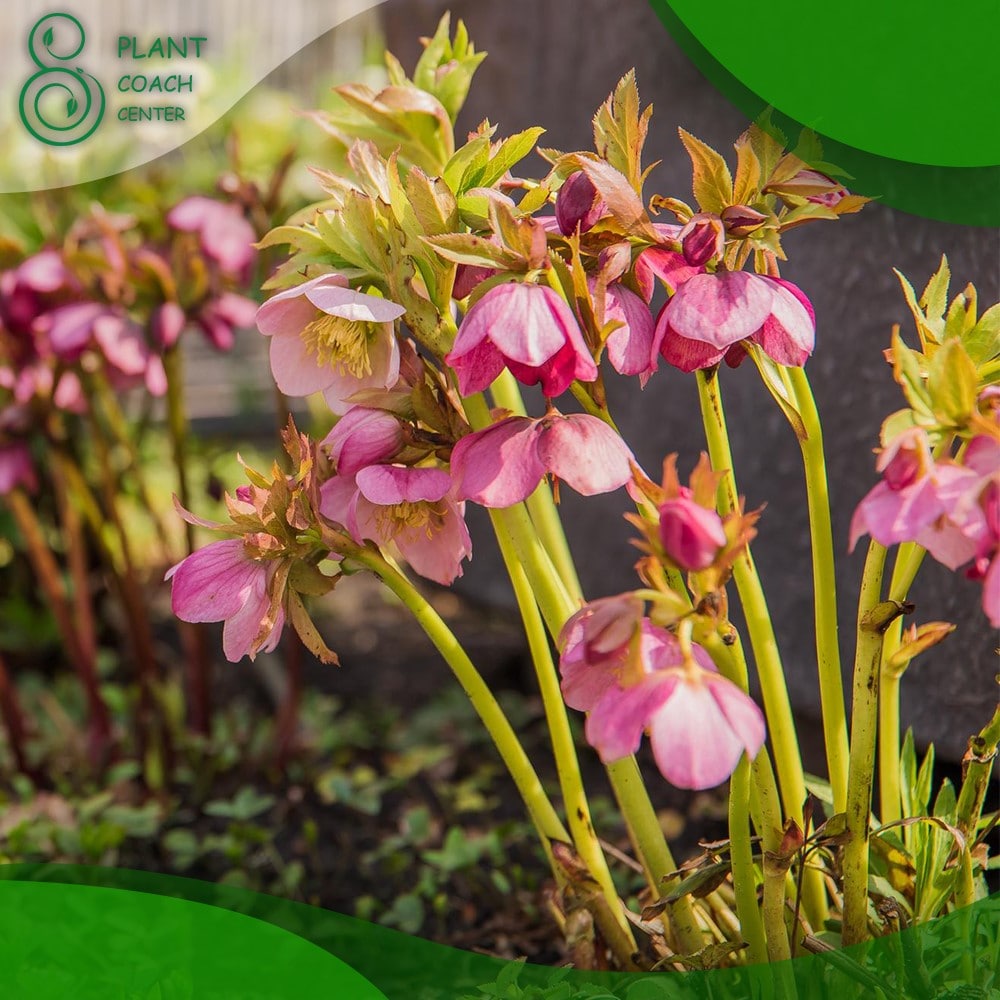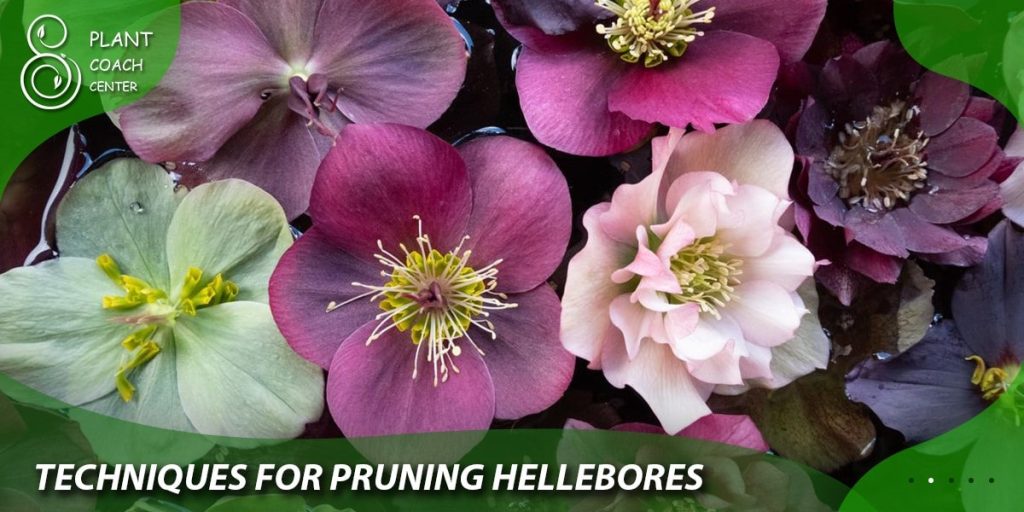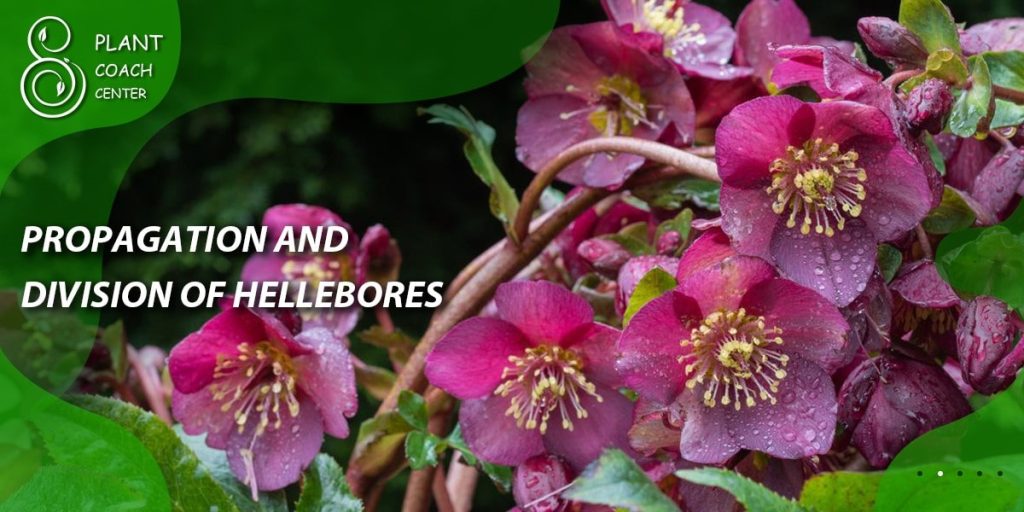When to Cut Back Hellebores
Hellebores, often referred to as Lenten Roses or Christmas Roses, are enchanting perennial plants known for their early blooms and striking foliage. As a beloved addition to many gardens, these hardy plants require proper care to thrive and maintain their beauty year after year. One essential aspect of hellebore care is pruning, which helps promote healthy growth, prolongs blooming, and maintains an attractive appearance.
In this comprehensive guide, we will explore the art of pruning hellebores, discussing the best practices for when and how to cut back these plants. We’ll cover various hellebore species, common problems, and valuable tips to ensure your hellebores flourish. Let’s embark on this horticultural journey together!
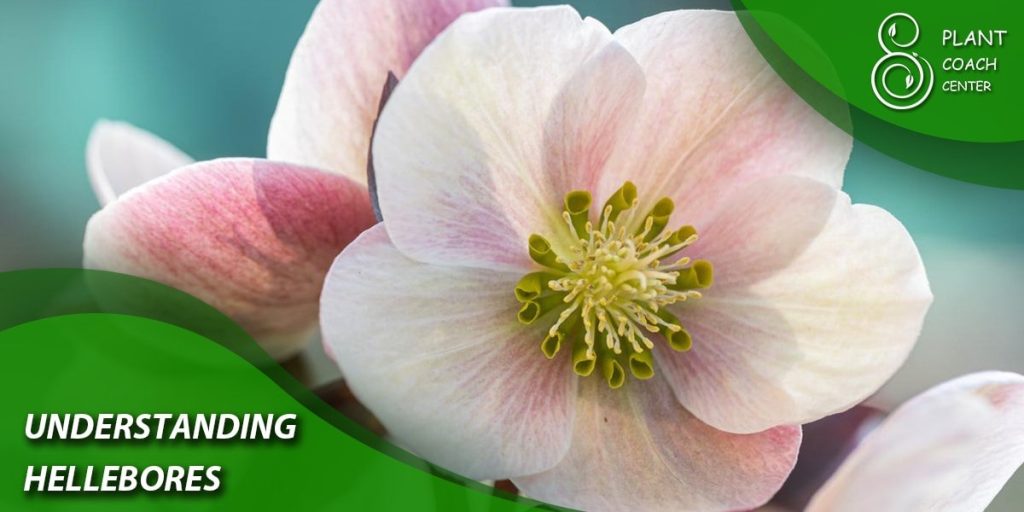
Understanding Hellebores
Botanical Description of Hellebores
Hellebores, belonging to the Ranunculaceae family, comprise several species and hybrids, each with unique characteristics. Some key features include:
- Evergreen Perennials: Hellebores maintain their leaves throughout the year, providing year-round interest in the garden.
- Floral Beauty: The flowers come in a range of colors, including white, pink, purple, and green, often with charming nodding blossoms.
- Distinctive Foliage: Hellebore leaves are leathery and serrated, providing texture and structure to garden beds.
Common Varieties of Hellebores
Several popular hellebore species are commonly cultivated, each with its own appeal:
- Helleborus orientalis (Lenten Rose): Known for its early bloom, usually from late winter to early spring.
- Helleborus niger (Christmas Rose): Delights with its winter blossoms, often flowering around the holiday season.
- Helleborus foetidus (Stinking Hellebore): Notable for its deeply divided foliage and unique green flowers.
Natural Habitats and Growing Conditions
Understanding the native habitats and preferred growing conditions of hellebores is crucial for successful cultivation:
- Origin: Hellebores are native to Europe and Asia, thriving in temperate climates.
- Preferred Soil: Well-draining, rich, and slightly alkaline soil is ideal for hellebores.
- Light Requirements: These shade-loving plants prefer dappled sunlight or light shade.
Seasonal Growth Cycle of Hellebores
Hellebores follow a distinct growth cycle that influences the timing of pruning:
- Winter Dormancy: During winter, hellebores may appear dormant, but they are preparing for the upcoming blooming season.
- Early Spring Bloom: As temperatures rise, hellebores send up their beautiful flowers to brighten the late winter landscape.
- Summer Growth: After flowering, the plants focus on foliage growth and store energy for the next blooming season.
The Importance of Pruning Hellebores
Benefits of Pruning
Pruning hellebores offers numerous advantages, including:
- Enhanced Plant Health: Removing spent flowers and damaged leaves reduces the risk of diseases and promotes overall plant health.
- Prolonged Blooming: Pruning encourages new growth and increases the number of flowers in subsequent blooming seasons.
- Aesthetic Appeal: Properly pruned hellebores maintain a tidy appearance and showcase their beautiful flowers and foliage.
Impact on Plant Health and Aesthetics
Understanding the impact of pruning on plant health and aesthetics can guide gardeners in making informed decisions:
- Balancing Blooming and Energy: Pruning at the right time allows hellebores to allocate energy efficiently between blooming and foliage growth.
- Avoiding Overpruning: Overzealous pruning may stress the plants and reduce the number of flowers in the following season.
- Promoting Air Circulation: Pruning encourages air circulation, minimizing the risk of fungal diseases.
Common Mistakes and Misconceptions
Avoiding these common pruning mistakes is essential for hellebore care:
- Pruning at the Wrong Time: Cutting back hellebores at the wrong time of year can disrupt the blooming cycle and hinder growth.
- Incorrect Pruning Techniques: Using improper tools or techniques may damage the plant and lead to infection.
- Neglecting Post-Pruning Care: After pruning, hellebores require proper care to recover and thrive.
Identifying the Right Time for Pruning
Pruning by Season
Knowing when to prune hellebores based on the season is crucial for their well-being:
1. Pruning in Spring
- Post-Bloom Cleanup: As flowers fade, remove spent blossoms to encourage new growth and prevent self-seeding.
- Cleaning Foliage: Trim yellowed or damaged leaves to maintain plant health and aesthetics.
2. Pruning in Summer
- Deadheading: Continue removing spent flowers to prevent seed development and encourage more blooms.
- Selective Cutting: Trim back leggy or overgrown stems to improve the plant’s appearance.
3. Pruning in Fall
- Limited Pruning: In late summer or early fall, limit pruning to remove diseased or damaged foliage.
- Preventing Seedlings: Cutting back flower stalks before seed dispersal can prevent unwanted self-seeding.
4. Pruning in Winter
- Minimal Pruning: Winter is a period of dormancy for hellebores, and pruning should be limited to diseased or dead leaves.
- Preparation for Spring: Removing damaged foliage prepares the plant for new growth in the upcoming season.
Reading the Plant’s Signals
Understanding the plant’s condition and growth phases aids in determining the right time for pruning:
1. Signs of Plant Stress
- Yellowing Leaves: Yellow or discolored foliage may indicate nutrient deficiencies or disease.
- Wilting Flowers: Wilting flowers may signal inadequate water or root issues.
- Stunted Growth: Slow or stunted growth can indicate improper growing conditions.
2. Recognizing Dormant and Active Growth Phases
- Winter Dormancy: During winter, hellebores may appear dormant, with limited growth and flowering.
- Spring Awakening: As temperatures rise, new growth and flower buds emerge, signaling the start of the blooming season.
Techniques for Pruning Hellebores
Tools and Equipment
Having the right tools and equipment ensures clean and precise pruning:
- Secateurs: Pruning shears or secateurs with sharp blades are ideal for cutting thin stems and foliage.
- Pruning Saw: For thicker stems or overgrown branches, a pruning saw may be necessary.
- Gloves: Wear gardening gloves to protect your hands while pruning.
Pruning Preparations and Safety Measures
Before pruning, consider these preparations and safety precautions:
- Sanitizing Tools: Clean and disinfect pruning tools to avoid spreading diseases between plants.
- Identifying Diseased Plant Parts: Familiarize yourself with signs of diseases and avoid cutting healthy parts.
- Protective Clothing: Wear long sleeves and pants to protect against scratches and exposure to irritants.
Step-by-Step Pruning Guide
Follow these steps to effectively prune hellebores:
1. Removing Faded Flowers
- Pinching Technique: Gently pinch off spent flowers at their base to encourage new blooms.
- Cutting Technique: Use secateurs to cut back flower stalks just above a set of healthy leaves.
2. Trimming Damaged and Yellowed Leaves
- Inspecting Leaves: Carefully examine the foliage for signs of disease or damage.
- Pruning Technique: Use clean, sharp secateurs to trim damaged or yellowed leaves close to the base.
3. Cutting Back Stems and Foliage
- Selective Pruning: Trim back overgrown stems to maintain a balanced shape and size.
- Thinning Technique: Thin out crowded areas to improve air circulation and reduce disease risk.
Special Considerations for Different Hellebore Varieties
Different hellebore species may have unique characteristics and care requirements. Let’s explore specific considerations for some popular varieties:
Helleborus orientalis (Lenten Rose)
- Blooming Season: Lenten Rose typically blooms from late winter to early spring, producing stunning flowers in various colors.
- Pruning Approach: After the blooming period, cut back faded flower stems and remove any damaged or yellowed foliage.
- Self-Seeding Management: If you want to control self-seeding, deadhead flowers before they produce seeds.
Helleborus niger (Christmas Rose)
- Winter Blooms: Christmas Rose is celebrated for its charming white flowers that bloom during the winter months.
- Pruning Consideration: Since it blooms in winter, minimal pruning is recommended during this period to avoid stressing the plant. Focus on removing damaged foliage instead.
- Post-Bloom Care: Once the flowering period ends, gently remove spent flowers to promote new growth and prevent self-seeding.
Helleborus foetidus (Stinking Hellebore)
- Distinctive Appearance: Stinking Hellebore stands out with its deeply divided, fern-like foliage and green, bell-shaped flowers.
- Pruning Strategy: To maintain its unique appearance, selectively cut back any overgrown or unappealing stems after flowering.
- Longevity: Stinking Hellebore can live for several years without needing drastic pruning, but regular maintenance is still necessary.
Other Popular Hellebore Species and Hybrids
Hellebore enthusiasts may also encounter other species and hybrid varieties with varying characteristics. Research each specific variety’s blooming season, growth habits, and pruning preferences to tailor your approach accordingly.
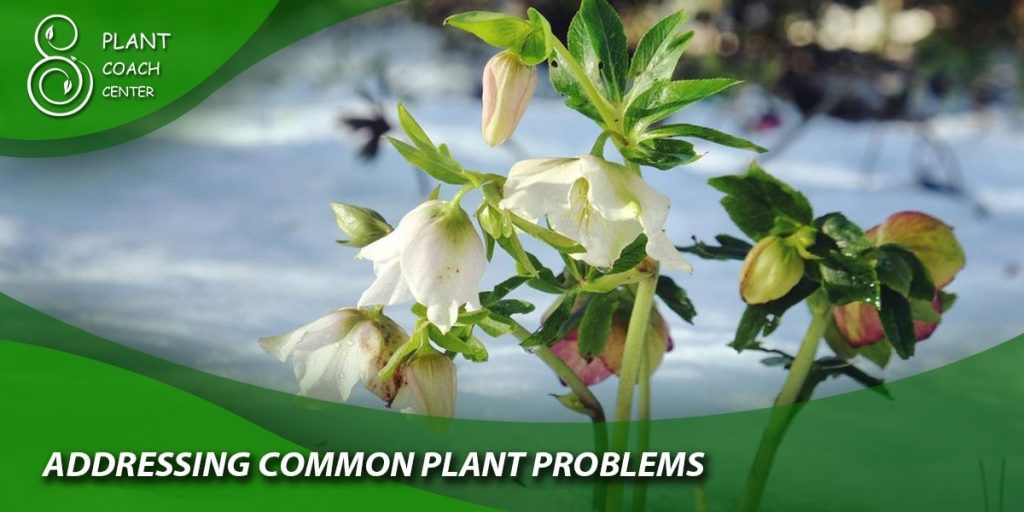
Addressing Common Plant Problems
Despite their resilience, hellebores may face challenges, including diseases and pests. Identifying and addressing these issues promptly can ensure the plants stay healthy and vibrant:
Diseases and Pests Affecting Hellebores
1. Leaf Spot and Black Death
- Symptoms: Look for dark spots or discolored patches on the leaves, which may spread and cause extensive damage.
- Treatment: Remove and dispose of affected leaves promptly. Apply fungicides as recommended to prevent further spread.
2. Aphid Infestations
- Signs: Presence of small, soft-bodied insects on the undersides of leaves, causing curling and stunted growth.
- Treatment: Wash off aphids with a strong spray of water or apply insecticidal soap to control their population.
3. Slugs and Snails
- Indicators: Chewed leaves and irregular holes on foliage are telltale signs of slug and snail activity.
- Control Measures: Use organic slug baits or beer traps to lure and remove these pests.
Prevention and Management Strategies
- Proper Site Selection: Choose well-draining soil and partial shade to create an optimal environment for hellebores.
- Adequate Air Circulation: Avoid overcrowding plants, allowing better air circulation and reducing the risk of diseases.
- Regular Inspection: Regularly inspect your hellebores for signs of problems, catching issues early and addressing them promptly.
Tips for Pruning Mature and Established Hellebores
Mature hellebores, especially those that have been growing for several years, may require special attention when it comes to pruning:
Dealing with Overgrown Plants
- Assessment: Evaluate the plant’s overall health and structure before pruning. Identify areas that require rejuvenation or removal.
- Gradual Pruning: For heavily overgrown hellebores, consider a gradual approach to avoid shocking the plant. Trim back a portion each year until the desired shape is achieved.
Renovation Pruning Techniques
- Hard Pruning: If a hellebore has become unruly or overly leggy, hard pruning may be necessary. Cut back the entire plant to a few inches above the ground in late winter or early spring.
- Recovery Period: After hard pruning, the hellebore may take some time to recover. Ensure proper care, including adequate watering and protection from extreme weather.
Encouraging New Growth
- Fertilization: Apply a balanced fertilizer in early spring to encourage healthy new growth and promote blooming.
- Mulching: Provide a layer of organic mulch around the base of the plant to retain moisture and protect the roots.
Propagation and Division of Hellebores
Benefits of Propagation
- Expansion of Plant Stock: Propagation allows you to create new hellebores from existing healthy specimens, increasing your plant collection.
- Preserving Unique Traits: If you have a favorite hellebore with unique characteristics, propagating it ensures its traits live on.
When and How to Divide Hellebore Clumps
- Ideal Time: The best time to divide hellebore clumps is in early spring when new growth emerges but before flowering begins.
- Step-by-Step Division:
- Dig up the entire clump, taking care not to damage the roots.
- Gently separate the clump into smaller sections, ensuring each division has sufficient roots and foliage.
- Replant the divisions in prepared soil and water thoroughly.
Caring for Pruned Hellebores
Proper care post-pruning ensures the hellebores continue to thrive:
Proper Mulching and Fertilization
- Mulch Application: Replenish the mulch around the base of the hellebores each spring to conserve moisture and deter weeds.
- Fertilizer Selection: Use a balanced, slow-release fertilizer formulated for flowering perennials to provide essential nutrients.
Watering and Irrigation Tips
- Watering Frequency: Hellebores prefer consistent moisture but can tolerate short periods of dryness. Water deeply during dry spells.
- Avoid Overwatering: Overwatering can lead to root rot and other issues, so ensure proper drainage.
Monitoring Plant Health Post-Pruning
- Vigilance: Keep a close eye on the hellebores after pruning to ensure they recover well and remain free of pests and diseases.
- Record Keeping: Maintain a gardening journal to track the hellebores’ progress, including blooming times, pest issues, and pruning dates.
Conclusion
In conclusion, pruning hellebores is a vital aspect of plant care that promotes healthy growth, maintains aesthetic appeal, and ensures prolific blooming. By understanding the specific needs of different hellebore varieties and following proper pruning techniques, gardeners can create stunning landscapes filled with these enchanting and resilient plants.
Remember to observe your hellebores closely, respond to their signals, and provide them with the care they deserve, and they will reward you with their beauty year after year. Happy gardening!
When is the best time to prune hellebores?
Prune hellebores after flowering, during late spring or early summer.
How do I prevent hellebores from self-seeding?
Deadhead the flowers before they produce seeds to control self-seeding.
Can I divide hellebores to propagate them?
Yes, divide hellebores in early spring to create new plants and preserve unique traits.


